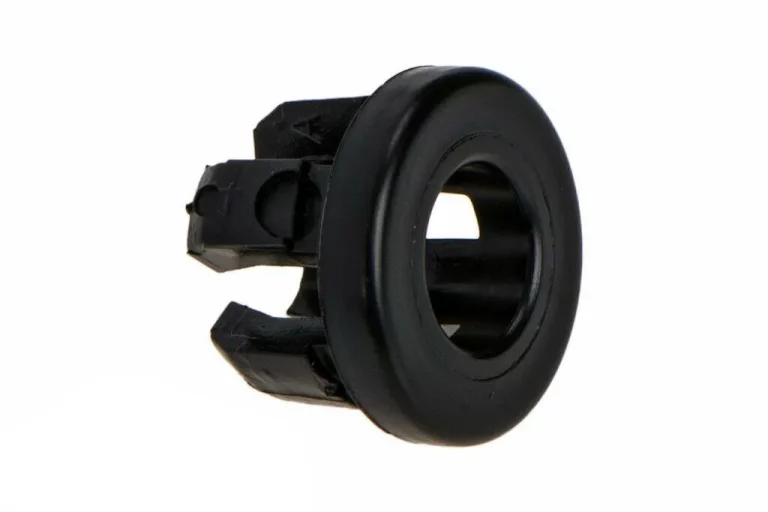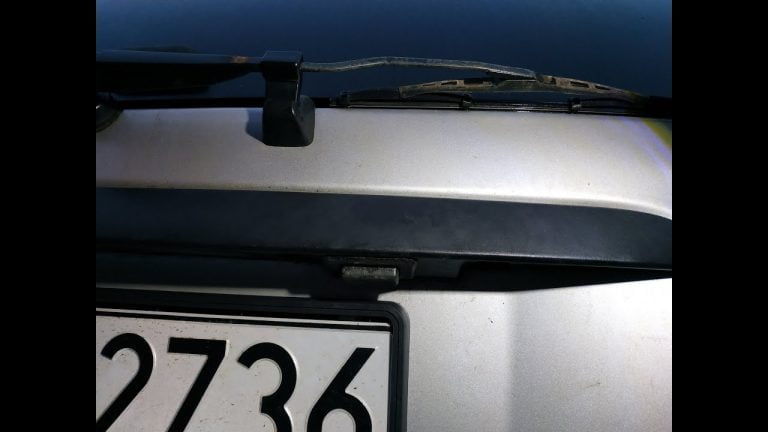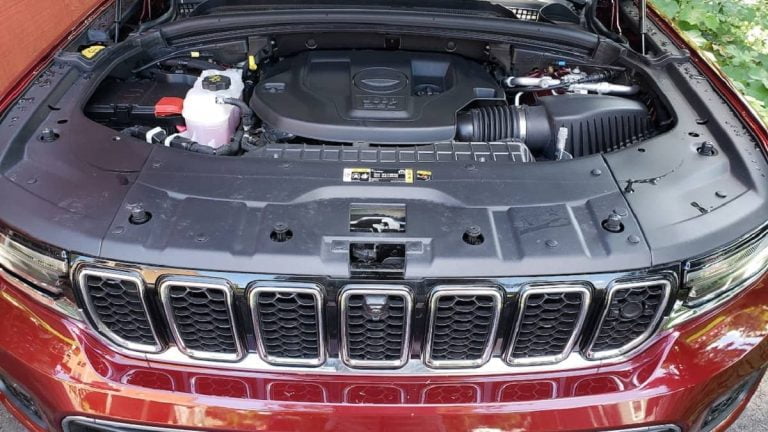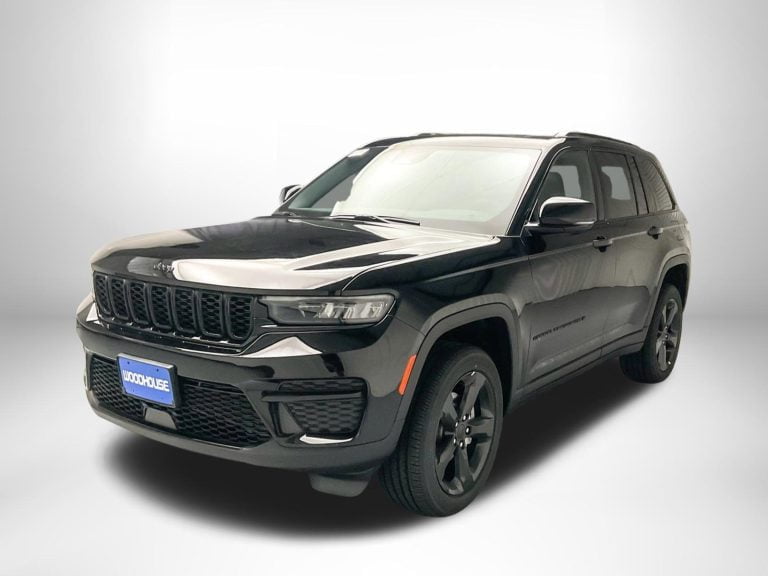How to Check Coolant Level: Jeep Grand Cherokee Essential Guide
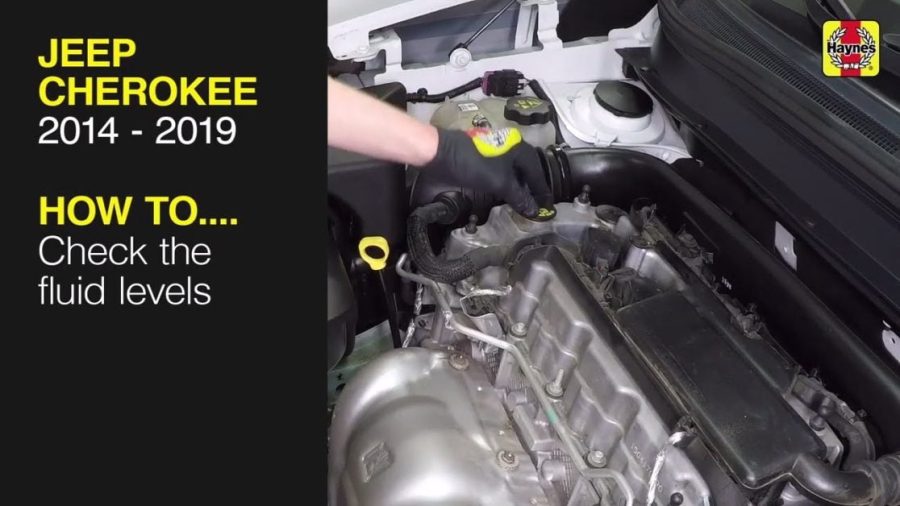
As the engine hums and the pavement stretches out before you, you feel a sense of exhilaration behind the wheel of your Jeep Grand Cherokee.
But amidst the thrill of the open road, there lies a hidden danger – coolant leaks and overflow tank issues.
In this guide, we will explore the crucial task of checking and maintaining coolant levels in your Jeep Grand Cherokee, ensuring a smooth and worry-free journey.
So buckle up and let’s dive into the world of coolant monitoring.
how to check coolant level jeep grand cherokee
To check the coolant level in a Jeep Grand Cherokee, start by ensuring that the engine is cold.
Open the hood and locate the radiator, which is usually at the front of the engine compartment.
Look for the coolant overflow tank, which is connected to the radiator.
Make sure the vehicle is on a level surface.
The coolant level in the overflow tank should be between the “low” and “full” marks.
If the coolant level is low, it may indicate a leak in the system that needs to be addressed.
It is possible for the coolant level in the radiator to decrease while remaining the same in the overflow tank, which could indicate a leak.
It is crucial to fix any leaks promptly to prevent engine damage.
The overflow tank has an overflow port to allow excess fluid to escape, preventing it from reaching a dangerously high level.
However, it is essential to monitor the coolant level and avoid overfilling the overflow tank, as excessive fluid can lead to problems.
When adding coolant, it is recommended to use the proper antifreeze for your specific Jeep Grand Cherokee model.
Refer to your owner’s manual for the recommended type and relevant part numbers.
You can purchase the recommended antifreeze on websites like Amazon.
For Jeep Grand Cherokee WK2 models, it is worth noting that OAT (Organic Acid Technology) coolant is used and should not be mixed with any other type of coolant.
Mixing different coolant types can lead to damage and decreased effectiveness.
In conclusion, checking the coolant level in a Jeep Grand Cherokee involves inspecting the coolant overflow tank when the engine is cold.
Monitoring and maintaining the proper coolant level is vital for the overall health and performance of your vehicle’s engine.
Key Points:
- Ensure the engine is cold before checking coolant level in a Jeep Grand Cherokee
- Open the hood and locate the radiator, which is typically at the front of the engine compartment
- Look for the coolant overflow tank, connected to the radiator
- Ensure the vehicle is on a level surface
- The coolant level in the overflow tank should be between the “low” and “full” marks
- Address any leaks promptly to prevent engine damage
Check this out:
💡 Did You Know?
1. The Jeep Grand Cherokee has a self-monitoring system that can automatically alert you if the coolant level is low. This is particularly useful in preventing engine overheating and potential damage.
2. Did you know that coolant, also commonly known as antifreeze, serves multiple purposes in an engine? Apart from keeping the engine from freezing during cold weather, coolant also prevents overheating by absorbing and dissipating excess heat.
3. The coolant used in the Jeep Grand Cherokee is usually a mixture of water and ethylene glycol or propylene glycol. These additives are vital in providing the necessary protection against corrosion and cavitation, which can lead to engine damage.
4. Coolant color can vary depending on the brand and type used. While many coolants are typically green or orange, some manufacturers, including Jeep, use a reddish-pink colored coolant. If checking the coolant level visually, make sure to identify the correct color specific to your Jeep Grand Cherokee.
5. Maintaining the correct coolant level in your Jeep Grand Cherokee is essential as inadequate coolant can cause major engine problems. Always ensure the engine is cool before checking coolant levels, and if needed, add the recommended coolant mixture as specified in the owner’s manual.
The Issue Of Low Coolant Levels In A Jeep Grand Cherokee
One of the most common issues that Jeep Grand Cherokee owners face is low coolant levels. Coolant, also known as antifreeze, plays a crucial role in maintaining the optimal temperature of the engine. It helps dissipate heat and prevents the engine from overheating.
When the coolant level drops, it can lead to various problems, including:
- Engine overheating
- Decreased performance
- Potential engine damage
To avoid these issues, it is important to regularly check the coolant level and ensure it is at the recommended level. If low coolant levels are detected, it is necessary to refill the coolant reservoir with the appropriate coolant mixture.
Proper maintenance of the coolant system can help prolong the life of the engine and prevent costly repairs. Regularly flushing and replacing the coolant, according to the manufacturer’s recommended schedule, is also recommended.
In conclusion, maintaining the proper coolant level in a Jeep Grand Cherokee is essential for the overall health and performance of the engine. Taking the necessary steps to prevent low coolant levels can save owners from potential engine issues and costly repairs in the long run.
“Regular maintenance of the coolant system is crucial for the optimal performance of the engine.”
Checking The Coolant Level In A Jeep Grand Cherokee
Regularly checking the coolant level in your Jeep Grand Cherokee is essential to ensure the proper functioning of the engine and prevent any potential damage. To begin, open the hood of your vehicle and locate the coolant reservoir.
This reservoir is typically a translucent plastic tank, usually white or black, with markings indicating the minimum and maximum levels.
Before opening the reservoir, it is vital to ensure that your engine is cold. It is never safe to open the coolant reservoir cap when the engine is hot, as it can lead to pressurized release of hot coolant and cause severe burns.
Once you are certain that the engine is cold, carefully remove the cap of the coolant reservoir and visually inspect the fluid level.
The Importance Of Checking Coolant Level In A Jeep Grand Cherokee
Maintaining the proper coolant level in your Jeep Grand Cherokee is of utmost importance for several reasons.
- Coolant helps regulate the engine’s temperature, preventing it from overheating and potential engine damage.
- Low coolant levels can affect the overall performance of your vehicle, leading to decreased fuel efficiency and power output.
- Moreover, low coolant levels can lead to expensive repairs if not addressed promptly.
By regularly checking the coolant level, you can detect any coolant loss or leaks early on, allowing you to address the issue before it becomes more significant. Taking preventative measures can save you time, money, and potential engine damage in the long run.
- Regularly check the coolant level to prevent issues.
- Detect coolant loss or leaks early on.
- Address any issues promptly to avoid costly repairs.
“Maintaining the proper coolant level is crucial for the performance and longevity of your Jeep Grand Cherokee.”
Checking The Coolant Level In The Radiator When The Engine Is Cold
To obtain a more accurate reading of the coolant level, it is crucial to check the level in the radiator itself, rather than relying solely on the coolant reservoir. Follow these steps:
- Start by locating the radiator cap, which is typically a metal cap positioned on top of the radiator.
- Before removing the radiator cap, ensure that the engine is cold. This is important to prevent any burns.
- Slowly turn the cap counterclockwise until you reach the first stop. This will release any pressure buildup in the system, preventing any potential accidents.
- Once the pressure has been released, continue turning the cap counterclockwise until it detaches from the radiator.
- Now, carefully inspect the coolant level in the radiator by looking into the radiator opening. The coolant level should be near the top of the radiator.
- If the coolant level appears low, it might indicate a coolant leak or other underlying issues that should be promptly addressed.
Remember, it is crucial to prioritize safety when handling the radiator cap and coolant. Take necessary precautions to avoid any injuries.
Here are the key points to keep in mind:
- Check the coolant level in the radiator for a more accurate reading.
- Ensure the engine is cold before removing the radiator cap.
- Turn the cap counterclockwise to release pressure.
- Inspect the coolant level in the radiator opening.
- Low coolant level may indicate a leak or other problems.
“It is vital to regularly check the coolant level in the radiator to ensure proper cooling system function.”
Possible Leak Causing Coolant Level Decrease In Radiator, But Not In Overflow Tank
If you notice that your radiator’s coolant level is consistently decreasing while the level in the coolant reservoir remains unchanged, it is a strong indication of a coolant leak. Coolant leaks can occur due to various reasons, such as a leaking hose, a cracked radiator, or a faulty water pump, among others.
It is crucial to address coolant leaks promptly to prevent further coolant loss and potential engine damage. Consult a professional mechanic to identify and repair the source of the leak, ensuring the safe and efficient operation of your Jeep Grand Cherokee.
Consequences Of High Fluid Level In The Overflow Tank’s Overflow Port
The overflow tank in your Jeep Grand Cherokee is designed to handle fluctuations in coolant levels due to temperature changes. When the engine warms up, the coolant expands, and the excess fluid flows into the overflow tank through an overflow port. This prevents pressure buildup and potential damage to the cooling system.
However, if the fluid level in the overflow tank rises above the maximum marking or overflows through the overflow port, it can lead to several consequences.
- An overflowing overflow tank can cause coolant loss and reduce the overall effectiveness of the cooling system.
- Excessive coolant in the overflow tank can overflow onto the engine or other components, leading to potential damage or increased fire risk.
It is essential to ensure the fluid level in the overflow tank remains within the recommended range and does not exceed the designated limit. If you notice an excessive fluid level or overflowing, consult a professional mechanic for further inspection and necessary repairs.
Fluctuating Fluid Level In The Overflow Tank Due To Expansion And Contraction
The fluid level in the overflow tank of your Jeep Grand Cherokee can fluctuate due to temperature changes. As the engine warms up, the coolant expands, causing the fluid level in the overflow tank to rise. Conversely, as the engine cools down, the coolant contracts, resulting in a decrease in the fluid level.
- Fluctuations in the fluid level are normal and part of the cooling system’s operation.
- Monitor the fluid level regularly to ensure it stays within the recommended range.
- Significant and consistent fluctuations may indicate an underlying issue that needs further investigation.
“Fluctuations in the fluid level are normal and part of the cooling system’s operation.”
Recommended Antifreeze For A Jeep Grand Cherokee WK2 Model
When it comes to selecting the appropriate antifreeze for your Jeep Grand Cherokee WK2 model, it is essential to follow the manufacturer’s recommendations. The owner’s manual of your vehicle should provide detailed information on the recommended antifreeze specifications, including relevant part numbers.
To ensure compatibility and optimal performance, it is recommended to use the specified antifreeze as recommended by Jeep. This helps maintain the longevity and efficiency of the cooling system, preventing potential issues and ensuring the safe operation of your vehicle.
If you need to purchase antifreeze for your Jeep Grand Cherokee, various reputable automotive stores or online platforms, such as Amazon, offer a wide selection of compatible antifreeze options. Be sure to check the specifications and compatibility before making a purchase.
In conclusion, checking the coolant level in your Jeep Grand Cherokee is a vital maintenance task that should not be overlooked. By regularly monitoring the coolant level and addressing any issues promptly, you can ensure proper engine performance, prevent engine damage, and maintain the longevity of your vehicle.
- Follow the manufacturer’s recommendations for selecting the appropriate antifreeze.
- The owner’s manual provides detailed information on recommended antifreeze specifications.
- Use the specified antifreeze for compatibility and optimal performance.
- Reputable automotive stores and online platforms offer a variety of compatible antifreeze options.
- Regularly monitor the coolant level to ensure proper engine performance and prevent damage.
FAQ
Do you check coolant level with car running?
Yes, it is crucial to check the coolant level when the car is not running. It is vital to allow the engine to cool down for several minutes before opening the radiator cap or reservoir. The reason for this precaution is that hot coolant under pressure can pose a risk of spraying and causing harm. Therefore, it is advisable to wait for the engine to cool down to ensure safety while checking the coolant level.
What is the coolant symbol on a Jeep?
The coolant symbol on a Jeep is a box-like symbol, sometimes with a downward arrow within it. It serves as an indicator that more coolant is needed to avoid potential issues. Coolant plays a crucial role in maintaining a closed system and ensuring proper flow.
Can I drive when coolant is low?
It is strongly advised against driving when the coolant is low. Insufficient coolant can cause the engine to overheat, leading to potential engine damage and breakdown. It is recommended to immediately seek assistance or top up the coolant, instead of risking further harm to your vehicle by continuing to drive without sufficient coolant.
How can I locate and check the coolant level in a Jeep Grand Cherokee?
To locate and check the coolant level in a Jeep Grand Cherokee, you will need to lift the hood and locate the coolant reservoir. It is typically located near the front of the engine compartment, on the passenger side. The coolant reservoir is a translucent plastic tank with a cap on top.
Once you have located the coolant reservoir, you can check the coolant level by visually inspecting the tank. The tank should have “min” and “max” markings on the side, indicating the appropriate coolant level. Ensure the engine is cool, then remove the cap and check the level against the markings. If the coolant is below the minimum mark, you will need to add more coolant until the level reaches the appropriate range.

